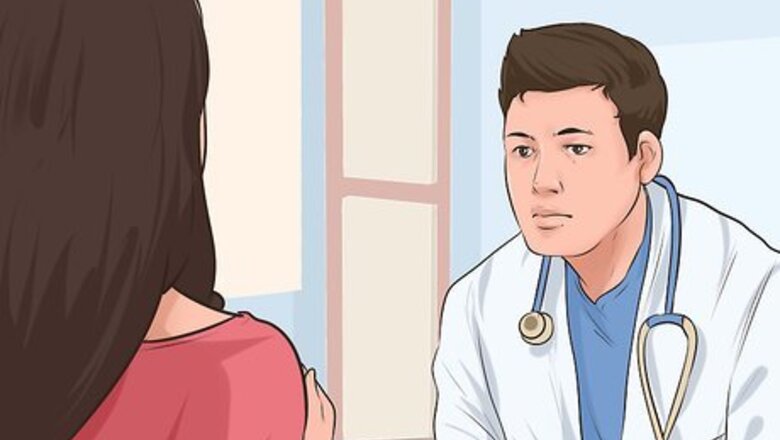
views
Understanding Detox from Tramadol
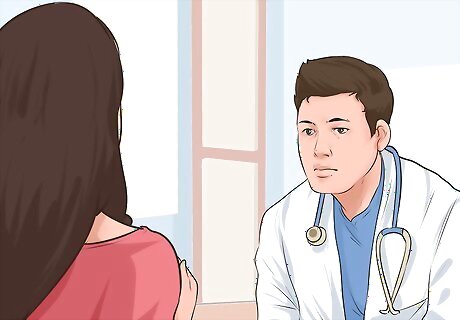
Talk to your doctor first. You may decide to stop taking tramadol on your own, but make sure to let your doctor know that you intend to stop. Your physician will be able to help you gradually reduce tramadol use in order to minimize withdrawal symptoms. Always seek medical attention as often as you feel it's necessary.
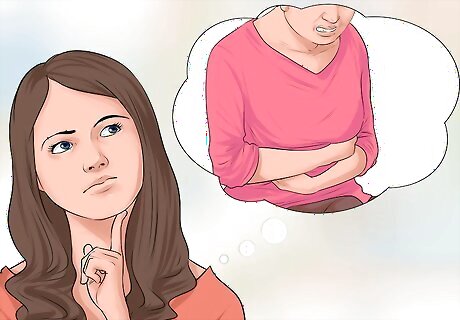
Learn the physical withdrawal symptoms. The following is a list of symptoms that you will likely experience during your detox process, however you ultimately choose to detox. Should you experience any symptoms outside of the list, it is definitely advisable to contact your physician, or check in to a hospital or emergency room right away. Diarrhea Headache Nausea and vomiting Respiratory issues Shivering Sweating Tremors Hair standing on end
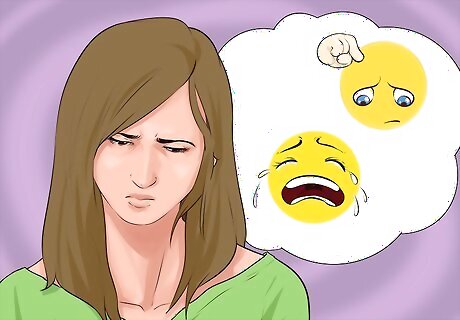
Expect mental withdrawal symptoms, too. Stopping using Tramadol is somewhat different from detoxing from other opiates because of its anti-depressant effects. This means that the following psychological and mood-related symptoms also regularly occur when detoxing from tramadol: Insomnia Anxiety Intense cravings for tramadol Panic attacks Hallucinations

Accept the timeframe of tramadol detox. Tramadol withdrawal symptoms will typically peak 48-72 hours after the last dose. These symptoms can last anywhere from a few days to a few weeks.The severity of withdrawal symptoms will also depend on the level of tramadol use and dependence.

Ask about the use of other medications. Suboxone is a drug used for opiate detox, and it must be obtained by a physician who is certified to use it. It is used to prevent most withdrawal symptoms and prevent cravings. Other drugs that ease withdrawal symptoms include clonidine, which reduces agitation, anxiety, and nausea, and buprenorphine, which shortens the timeframe of the detox. If you want to taper your use, unassisted by other drugs designed for detoxification, it still may be in your best interest to look into prescription antidepressants. Because Tramadol has antidepressant properties, you may experience mild to moderate depression upon detoxing.
Stopping Taking Tramadol

Configure a tapering schedule with your doctor. Stopping taking Tramadol “cold turkey” can produce particularly strong, potentially dangerous withdrawal symptoms, including seizures. Put yourself on a tapering schedule that you stick to, no matter what. Mark dates that you should decrease use on a calendar or planner. Gradually reducing your consumption of the drug before stopping altogether can help your body self-regulate and will reduce the pain and danger of withdrawal. The method of tapering will be dependent on the presence of other physical and mental conditions present. In general, tapering opioids consists of a reduction by 10% daily, 20% every three to five days, and 25% a week. It is never advisable to taper by 50% daily anytime during the tapering process. For example, if you’re taking three pills per day, start your taper by taking two pills, one in the morning and one in the evening. In a week’s time, drop to only one pill in the morning, and stay there for another week. Stop taking it entirely once you have been taking a half pill a day for a week.
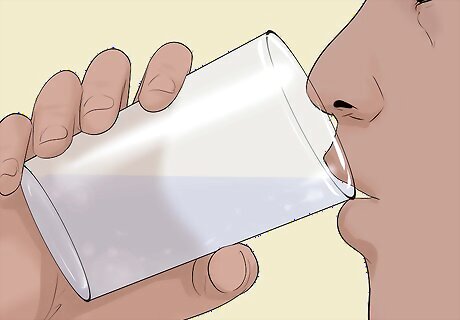
Take care of yourself. Set up a self-care routine that will also work to ease withdrawal symptoms. Put yourself on a bland, but nutritious diet to ease gastro-intestinal discomfort while still providing nutrients for your body’s adjustment. Lots of water is also crucial because of its role in the healing process and since fluids deplete rapidly during detox. Because of the flu-like symptoms you might experience, use heating pads and cold packs to help regulate your temperature and be more comfortable. Hot showers will also ease bone and muscle pain which is also common. It is also safe to use over the counter pain medications to treat other withdrawal symptoms. Taking a walk or any light exercise each day will help to increase your serotonin levels, which will help combat the depression that can accompany detox.
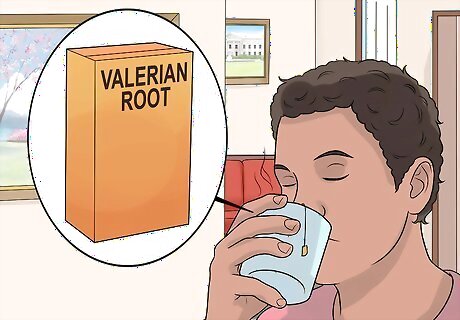
Use natural supplements to treat withdrawal symptoms. There are natural supplements that you can also use to target parts of your mental and physical health that will be affected by withdrawal symptoms. While tapering, try L-Tyrosine, which helps brain functioning. You can also use Valerian Root, which helps with sleep difficulty brought on by cutting out Tramadol. Consult your doctor before using supplements of any kind. Even natural supplements can sometimes interact negatively with prescription medications or certain medical conditions.
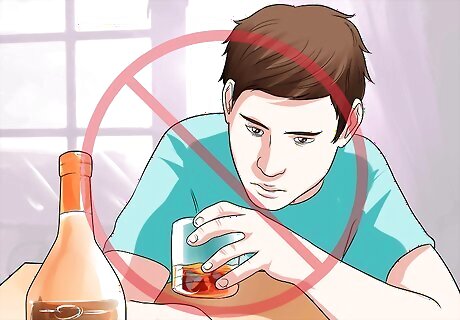
Avoid alcohol. While you are detoxing, remember not to use alcohol or other drugs. Because of the danger of mixing the two, even smaller doses of Tramadol combined with alcohol can worsen withdrawal symptoms of depression, and also cause confusion, suicidal ideations, loss of consciousness, brain damage, and respiratory depression.
Seeking Outside Support
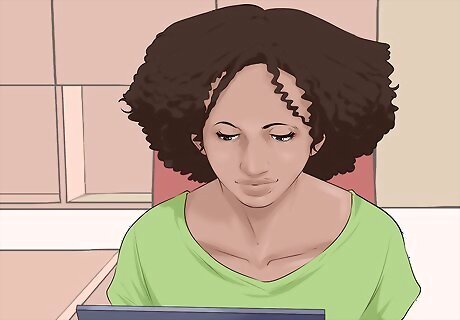
Research addiction treatments. Consider the possibility of getting treatment for addiction to tramadol. You can also consult your doctor about whether or not in or outpatient treatment might be a good way for you to get through stopping taking the pills. Addiction treatments include the organization of treatment programs for patients, usually offering a combination of medical attention and counseling or group therapy to help get off the drug and understand the emotions behind using. Inpatient treatment involves a long stay at a residential facility, and is used for severe cases of tramadol addiction. Here, you will find a controlled and safe environment for the detoxification process. Outpatient treatment provides treatment and therapy at a clinic as you continue your normal routine at home. This type of treatment is used for less severe cases of use for patients who want to be able to continue the activities and relationships of daily life while detoxing. If you decide to go to a detox center or rehab facility, find a program close to you.
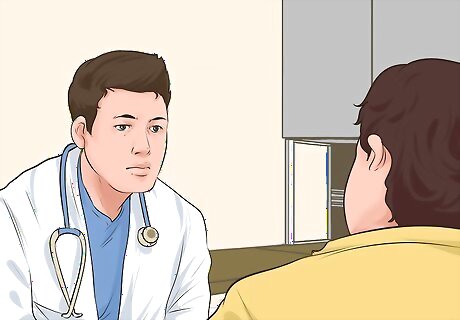
Seek advice from experts. Counselors, doctors, and psychiatrists are all at your disposal and are trained to help you resist the temptation of drug addiction. Behavior treatments can help to find ways to deal with cravings in drug use, and experts can suggest strategies to avoid relapse and deal with it if it occurs.
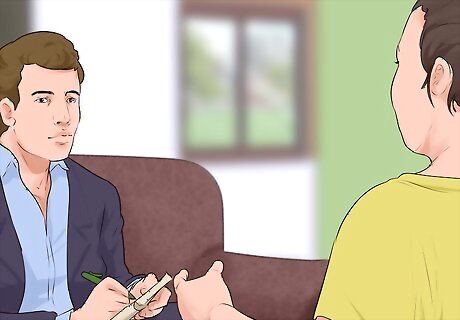
Go to therapy. After tramadol detox, it might be important to begin examining the root causes of your addiction to the drug. Often, drug use becomes a way of coping with life and intense emotions. Through behavioral therapy and counseling, you can look at the causes of and contributors to addiction and start to learn new ways of coping with and healing wounds from life’s difficulties.
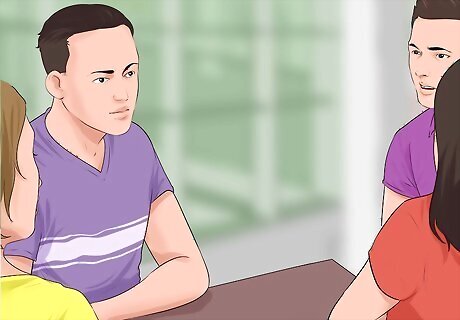
Consider attending support groups. Support groups, like those that follow the 12-step format, are great opportunities to maintain your sobriety with others who understand the difficulties of doing so. During meetings you will be able to share your struggles and exchange tips for coping with life during and after detox. These groups are also a major help in preventing relapse by creating a source of accountability for your sobriety. Groups like Narcotics Anonymous deal specifically with addiction to opiates.















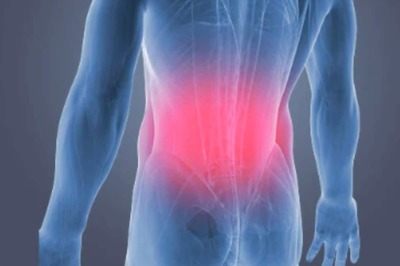

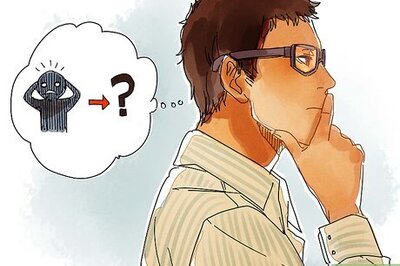

Comments
0 comment